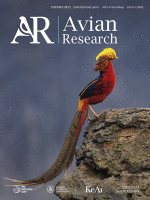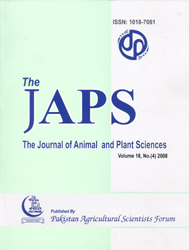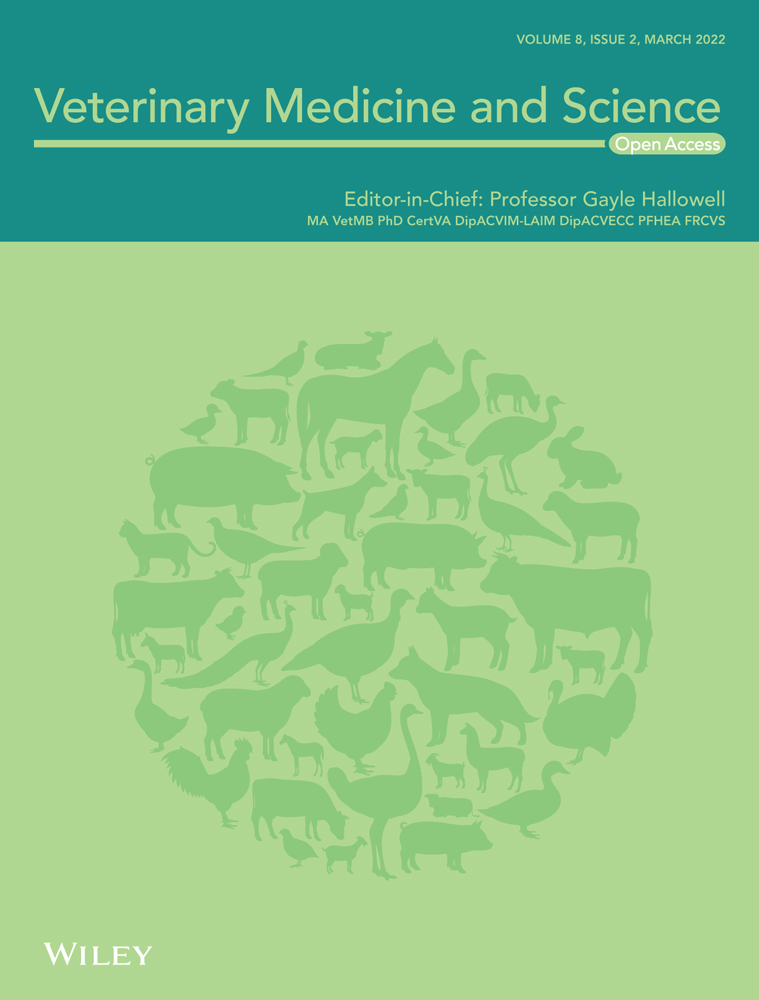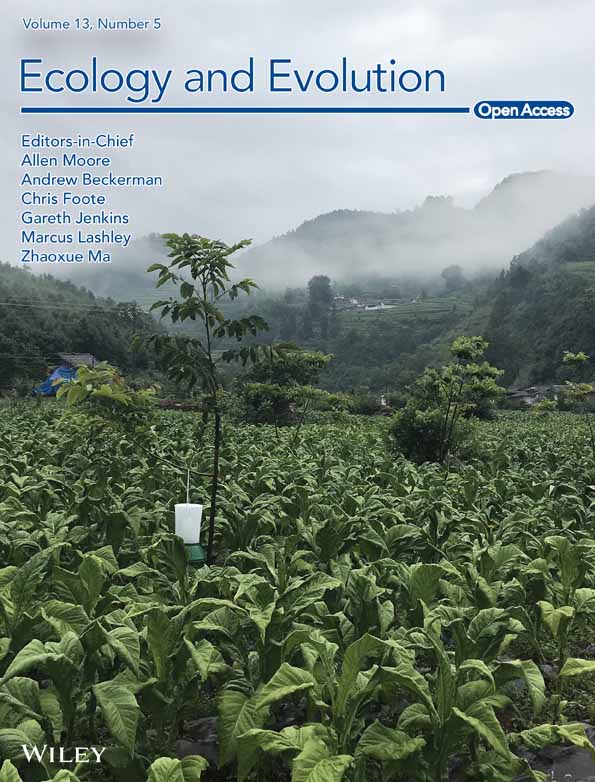The effects of climate and land use change on the potential distribution and nesting habitat of the Lesser Adjutant in Nepal
Climate change and land use change pose a threat to the world's biodiversity and have significant impacts on the geographic distribution and composition of many bird species, but little is known about how they affect threatened large-sized waterbird species that rely on agricultural landscapes. To address this gap, we investigated how...








